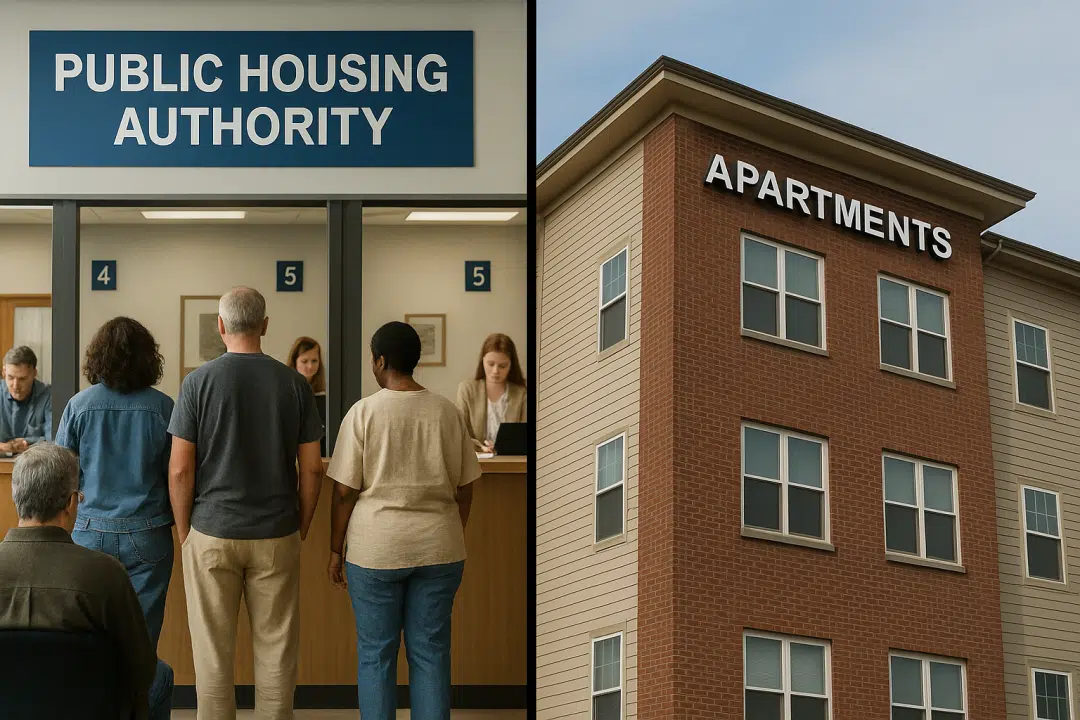
President Donald Trump’s fiscal year 2026 budget proposal includes a sweeping 43% cut—$26.7 billion—from HUD’s rental assistance programs, including Section 8 vouchers. The administration plans to consolidate funding into a new State Rental Assistance Block Grant (SRABG), imposing a two-year cap on aid for able-bodied adults and shifting control from federal to state governments.
Why This Is a Big Deal
Currently, HUD’s rental assistance supports over 4.4 million low-income households. The proposed cuts would drastically reduce federal support, risking elimination of Section 8, public housing, project-based assistance, and programs for retirees and people with disabilities. Experts warn this could leave millions without a safety net.
State Control vs. Federal Oversight
The budget would replace federal programs with state-administered SRABG funds—totaling about $31.8 billion, compared to the current $58.5 billion for HUD rental programs. HUD Secretary Scott Turner defends the change, framing it as “greater flexibility,” but critics say states lack capacity to serve the vulnerable.
Two-Year Cap Hits Hard
Aid for non-disabled, younger adults would be capped at two years, after which beneficiaries must rely on state-level solutions. Advocates warn this could trigger evictions, homelessness, and financial hardship, especially in high-cost areas.
Impact on New York and Beyond
In New York City, internal analysis shows the policy could impact 300,000 Section 8 or public housing residents, potentially resulting in mass evictions. Nationwide, over 3.8 million people—including veterans, older people, families, and those with disabilities—rely on HUD rental aid.
Political & Legal Pressure
Lawmakers from both parties, including Sen. Susan Collins (R‑ME) and Rep. Rosa DeLauro (D‑CT), have expressed serious concerns. Many anticipate legal challenges, citing violations of fair housing, disability protections, and contractual obligations.
What Happens Next
Congress holds the power over funding—and historically has rejected similar cuts. Budget negotiations are ongoing, and the final version could differ significantly. However, the proposal offers insight into the administration’s housing priorities and may influence the approach of Republican lawmakers.
Why You Should Care
If enacted, this plan could uproot millions from their homes, worsen homelessness, and strain local shelters and rental markets. Even if Congress trims the proposal, advocates warn that housing aid remains on the chopping block.
Bottom Line
Trump’s FY 2026 budget would reshape federal housing policy—potentially dismantling Section 8 as we know it. While legislative pushback remains strong, the proposal highlights deep philosophical shifts: from federal responsibility toward block grants and state autonomy, with significant fallout for vulnerable renters.
